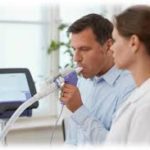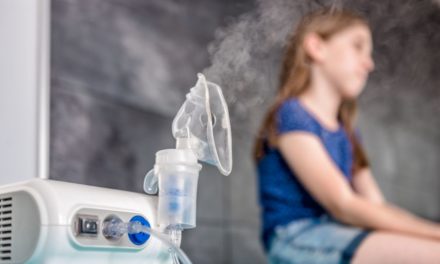
Spirometry is the most common lung function test. It measures how much and how quickly you can move air out of your lungs. The patient breathe  into a mouthpiece attached to a machine called a spirometer. The machine records your results. Spirometry can measure many different things about breathing. These include: FEV1 (forced expiratory volume in one second), which is the amount of air that can be forcefully exhaled in one second. FVC (forced vital capacity), which is maximum amount of air that can be forcefully exhaled. FEV1/FVC, which is the percentage of total air capacity that can be forcefully exhaled in one second.
into a mouthpiece attached to a machine called a spirometer. The machine records your results. Spirometry can measure many different things about breathing. These include: FEV1 (forced expiratory volume in one second), which is the amount of air that can be forcefully exhaled in one second. FVC (forced vital capacity), which is maximum amount of air that can be forcefully exhaled. FEV1/FVC, which is the percentage of total air capacity that can be forcefully exhaled in one second.
Spirometry is used for many lung conditions. For people with asthma, the test shows whether your lung disease is obstructive or restrictive, and the degree to which the airways are blocked. It can also show if medications can open the airways and whether or not current medications are working. Regular testing is a good way to know if lung function has changed over time.
The test may be performed standing or sitting. You may be asked to wear nose clips or pinch your nose shut. You will be asked to breathe into a mouthpiece that is attached to a device called the spirometer.
There are three phases of the test: (1) taking the deepest breath possible, followed by (2) blasting air out of the lungs as rapidly as possible, and then (3) continuing to breathe out for as long as possible. The patient is asked to do this at least three times to get a valid test. Attempts do not count if there is coughing, if there is a delay in exhaling, or if the patients stops breathing too early.
The test may be repeated after taking a medication to open the airways. The spirometry is repeated 15-30 minutes after the medication is administered. This step is done to see if the airway blockage responds to medication.






